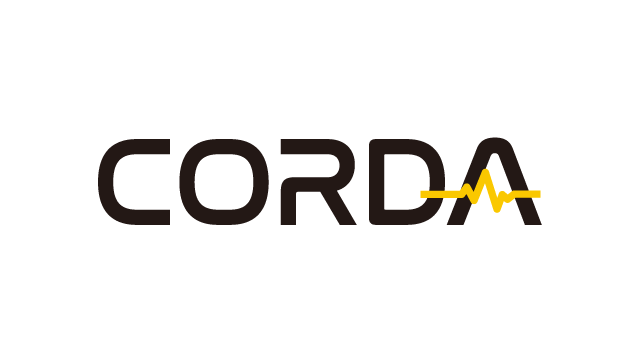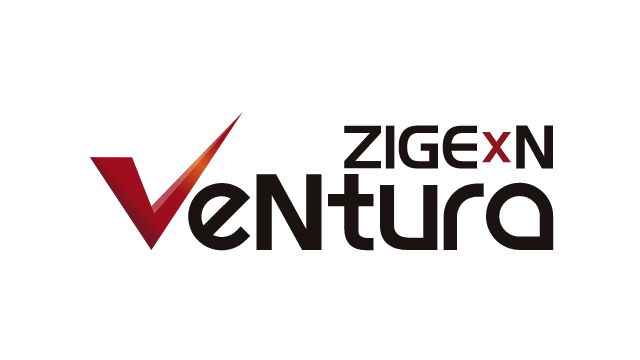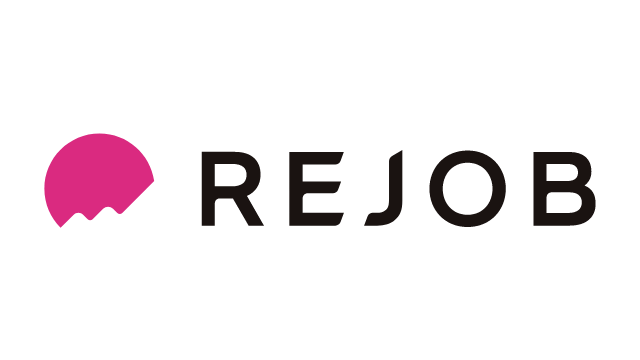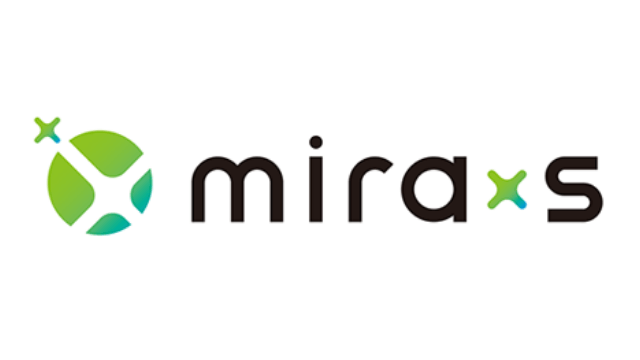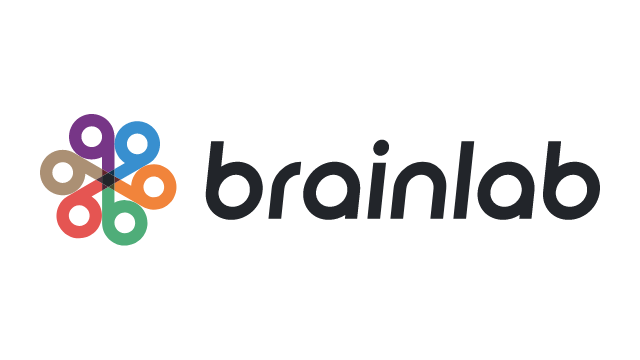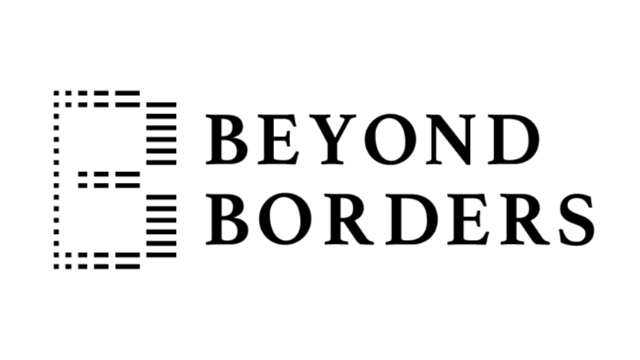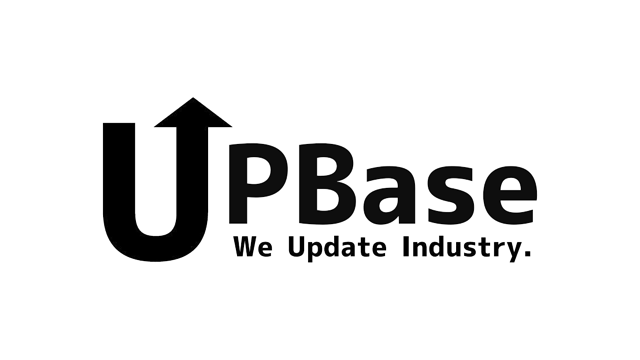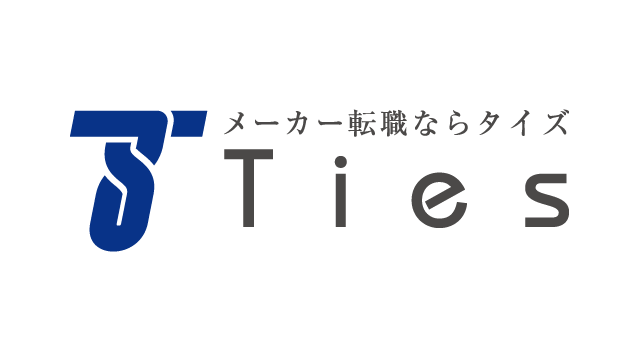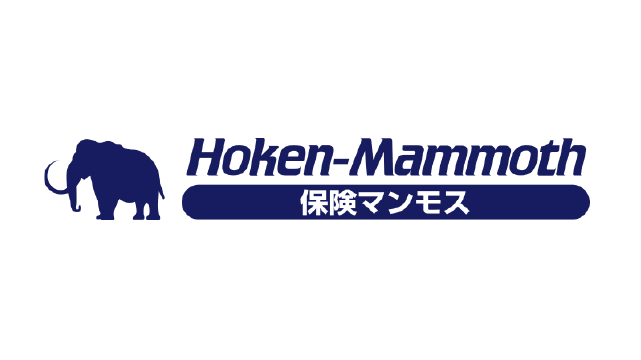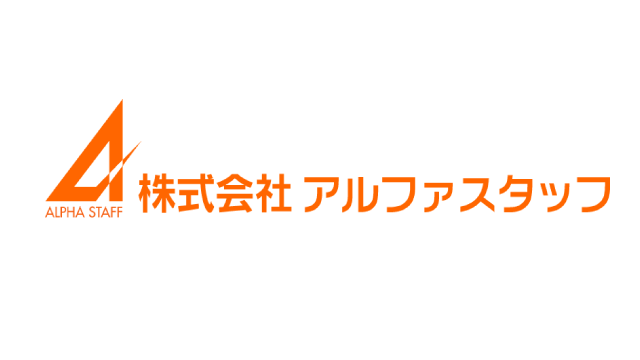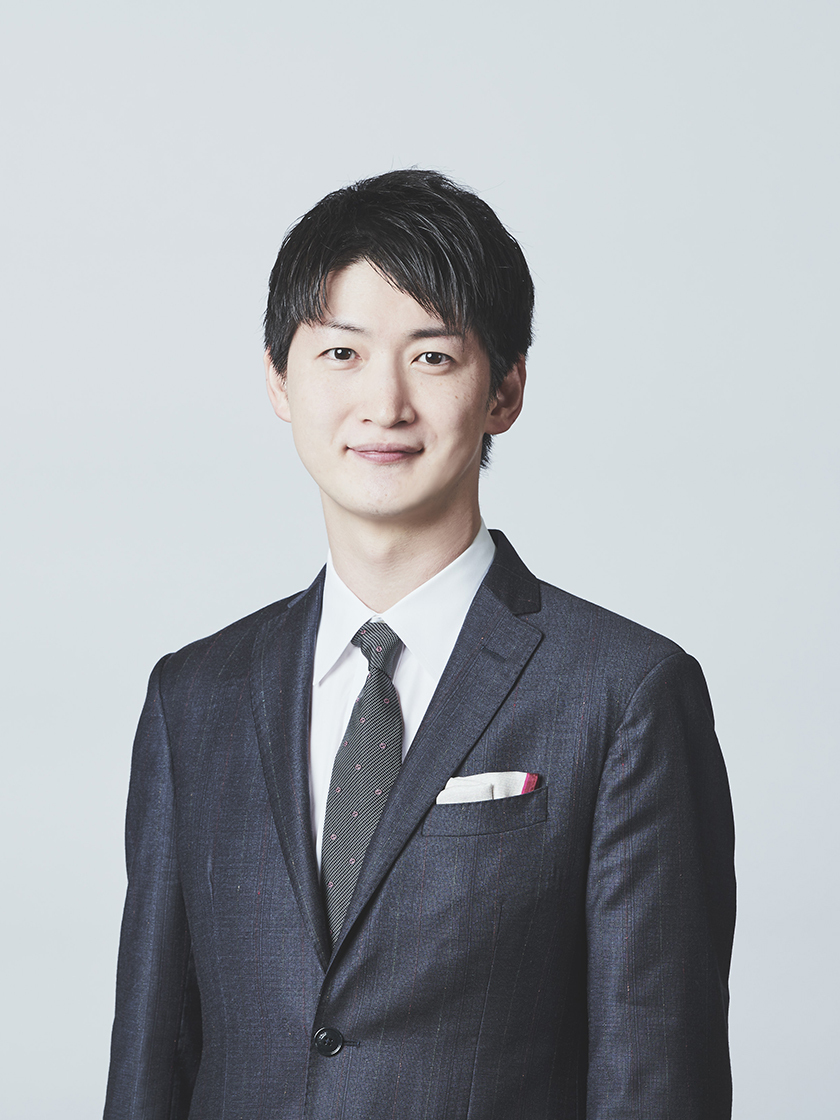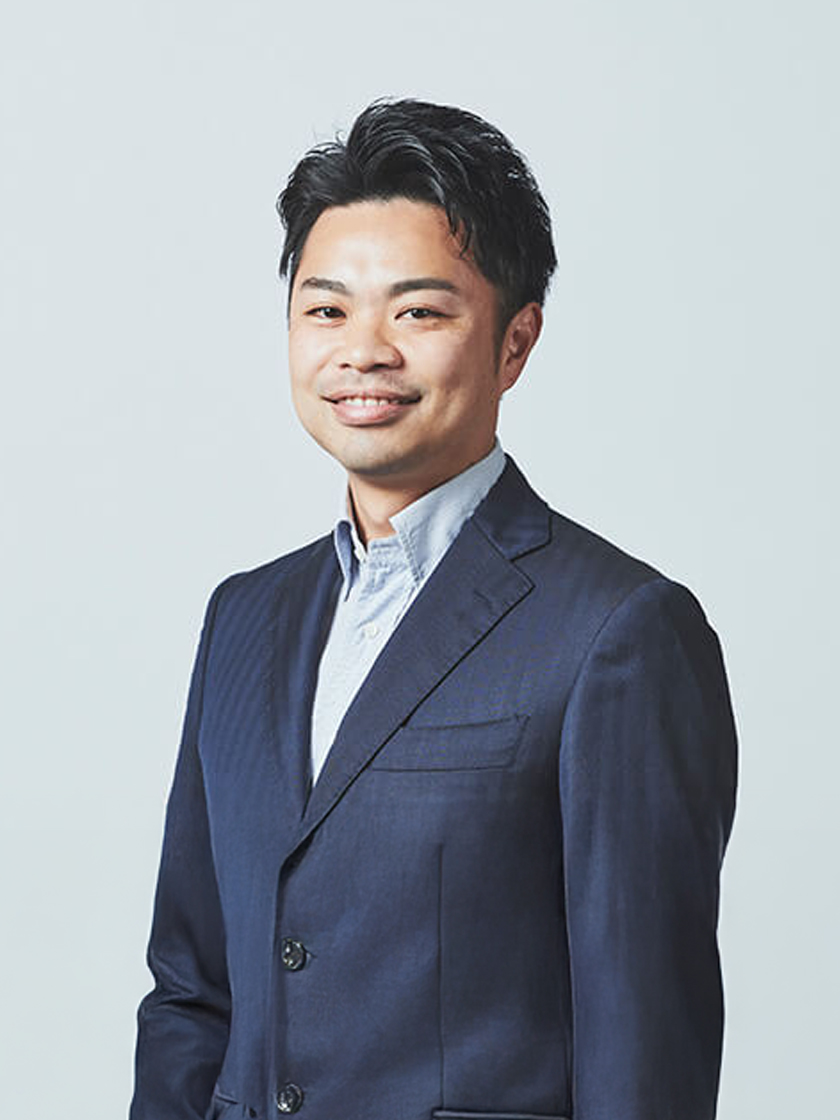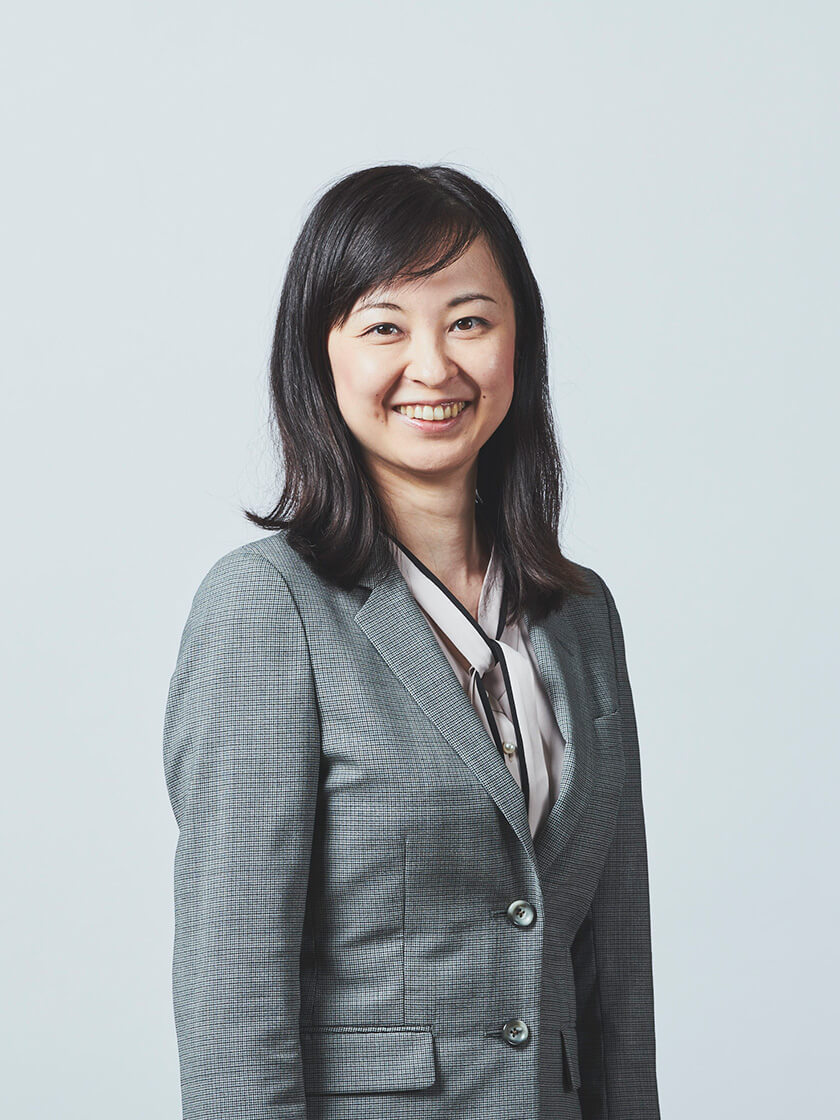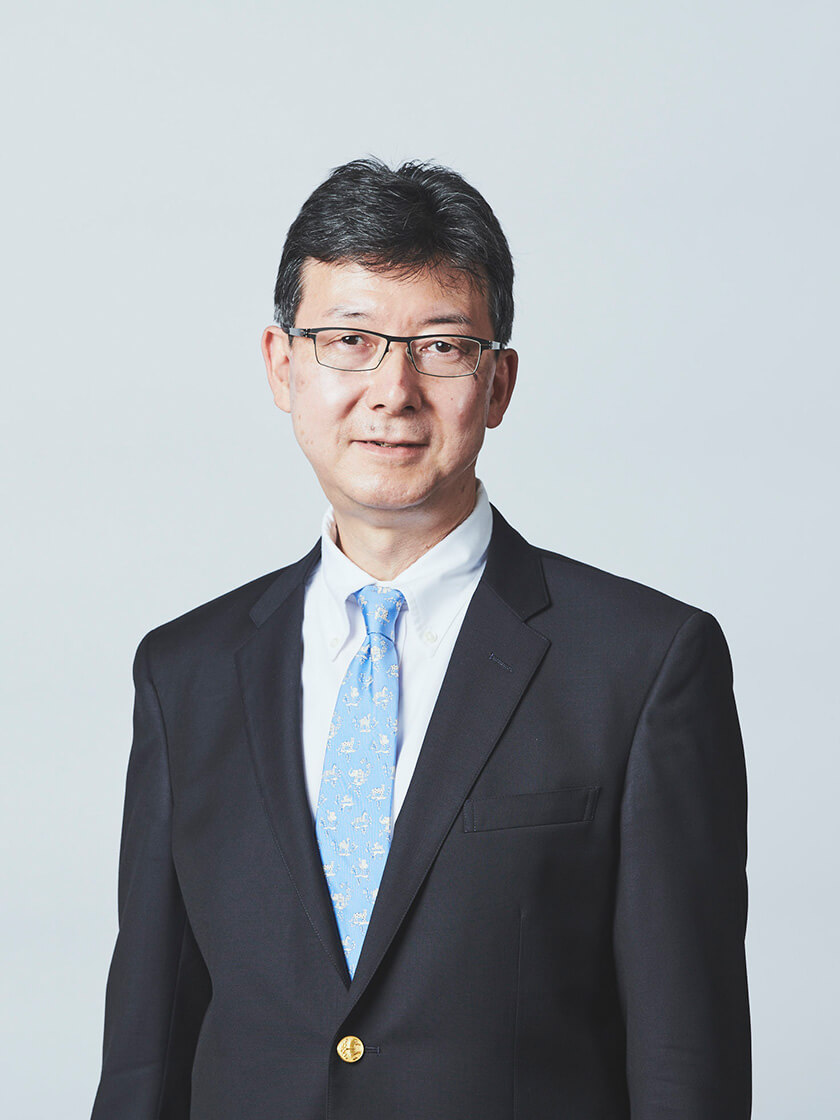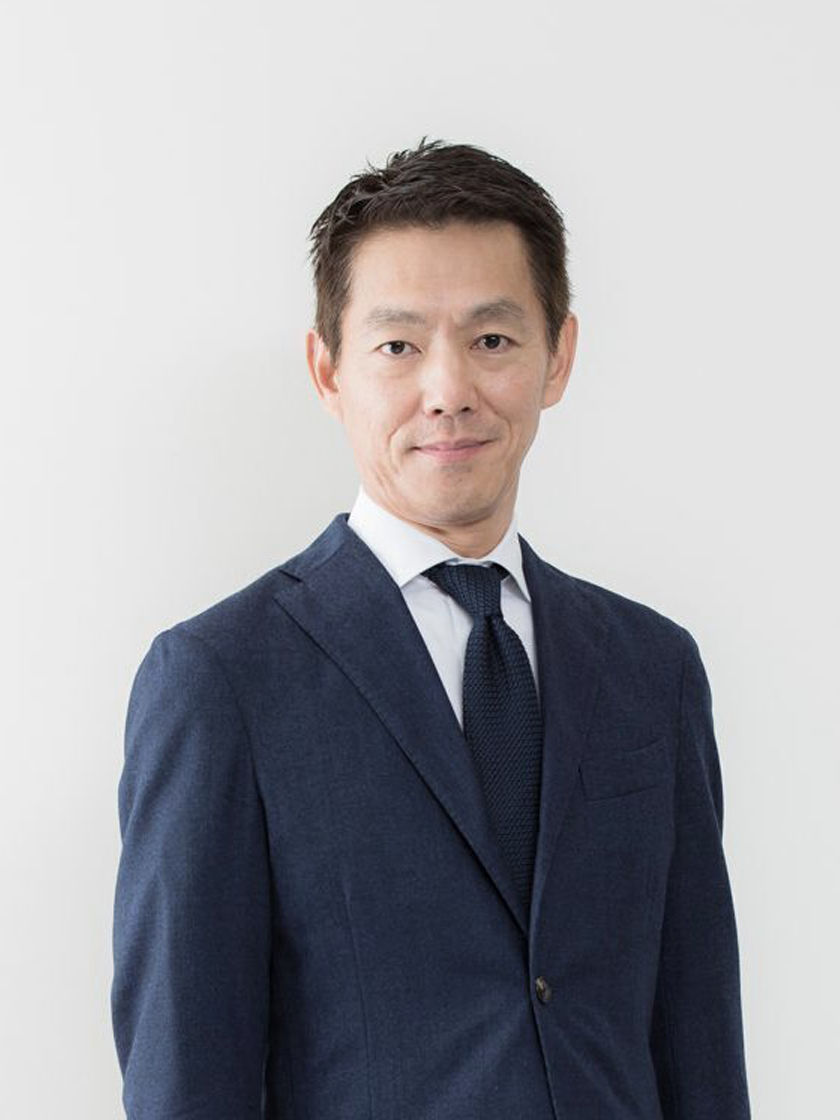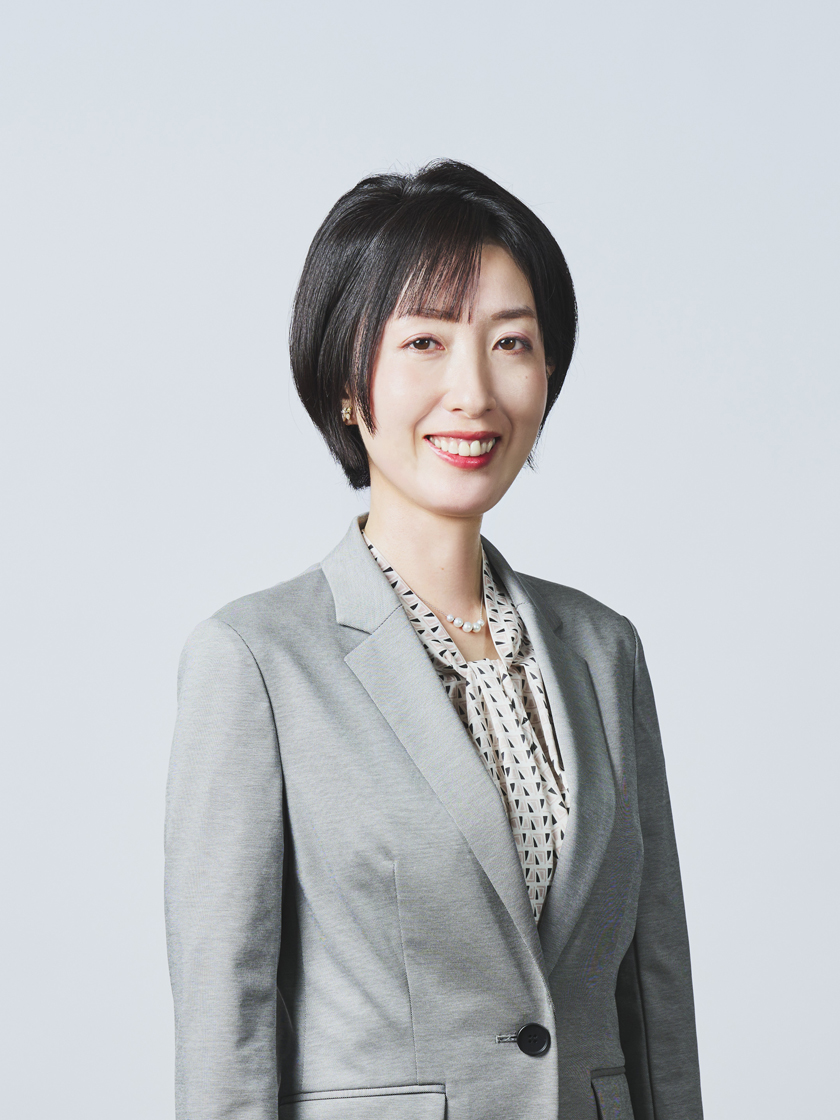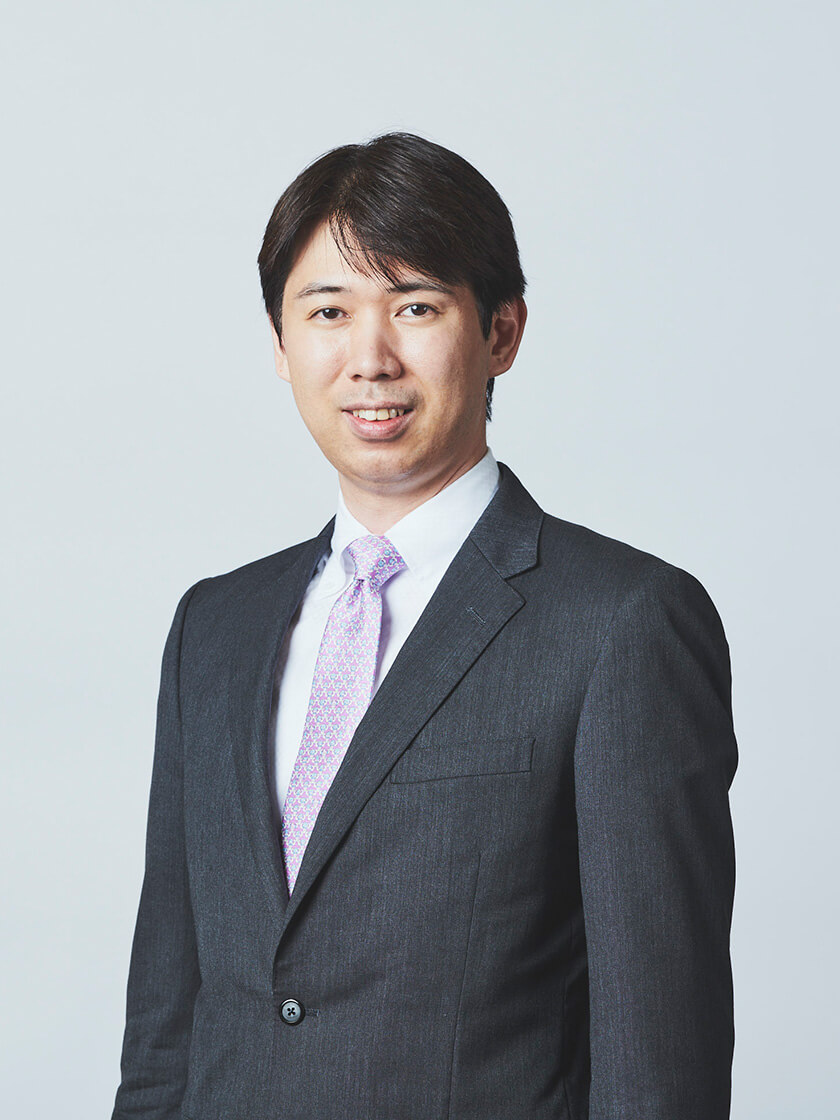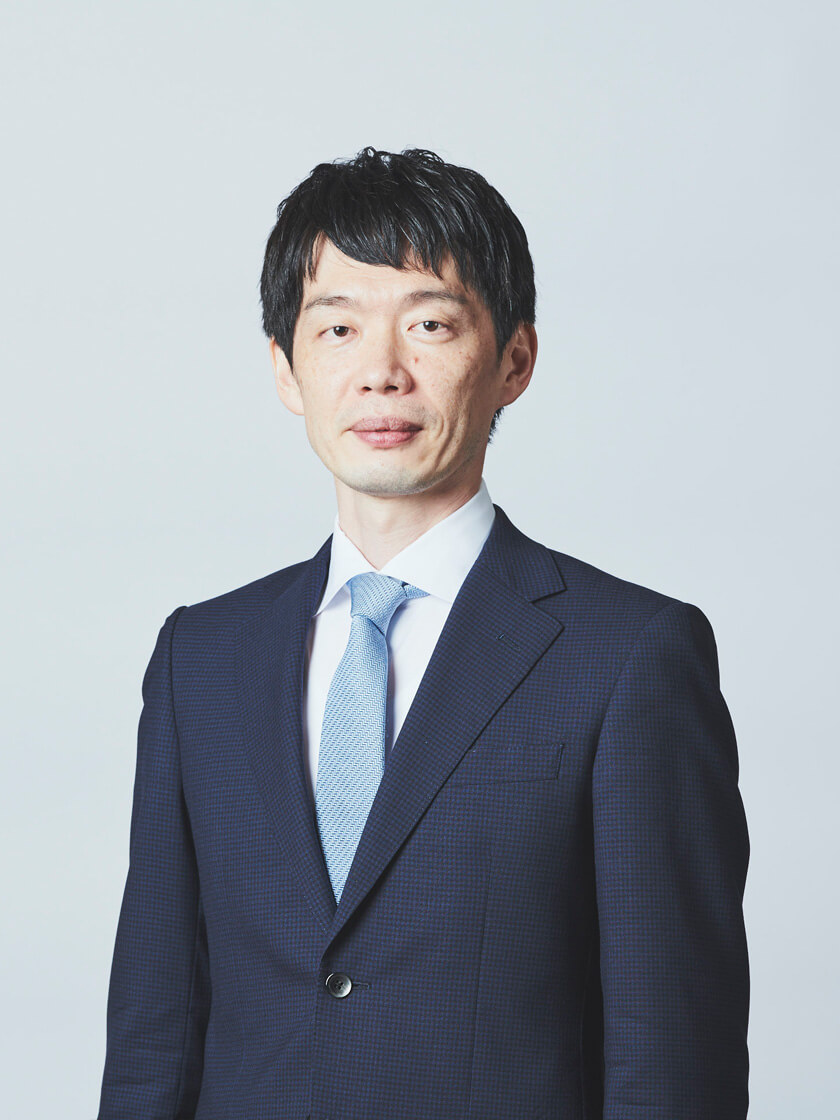“Smocca”, a rental property and apartment search portal site operated by ZIGExN, Releases its “Tokyo’s Child-Friendly Area Ranking – Central 6 Wards Edition”
Introducing Child-Friendly Rankings and Ideal Areas for Raising Children in Tokyo’s Central 6 Wards
“Chintai Smocca” (hereinafter referred to as “Smocca”) https://smocca.jp/, a rental property and apartment search portal site operated by ZIGExN Co., Ltd. (Headquarters: Minato-ku, Tokyo, Representative Director, Operating Officer, and CEO: Joe Hirao, Tokyo Stock Exchange Prime: 3679, hereinafter referred to as ZIGExN), has released its first-ever ranking, “Tokyo’s Child-Friendly Area Ranking – Central 6 Wards Edition (*1).” Smocca presents two types of rankings: an “Overall Ranking” based on aggregated user reviews and evaluation scores in three categories—accessibility, safety, and the child-friendly environment—and a “Child-Raising Score Ranking,” focusing solely on scores for child-raising environments. (*Data aggregation period: June 2021 to August 2024).
*1: Bunkyo Ward, Minato Ward, Chuo Ward, Shibuya Ward, Shinjuku Ward, and Chiyoda Ward
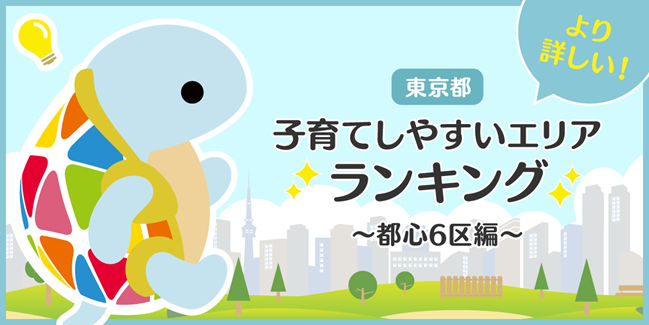
■Tokyo’s 23 Wards: Improving Child-Raising Environments and Changes and Expansion in the “Desirable Areas to Live”?
A few years ago, the issue of children on waiting lists for daycare was a significant concern for families raising children in central Tokyo. However, the number of children on these waiting lists has been decreasing each year, showing signs of improvement. According to a survey by the Tokyo Metropolitan Government, the number of children waiting for daycare placement has declined annually since 2018, reaching 286 in 2023, with 30% of these children residing in Kokubunji City, Hino City, and Machida City (*2).
As child-raising challenges in Tokyo’s 23 wards continue to improve, we may begin to see changes and expansion in the areas that families consider “desirable for living.”
*2: Tokyo Metropolitan Bureau of Social Welfare and Public Health, “Status of Daycare Waiting Lists (2023)” and “Status by Ward, City, and Town (2023)”
Smocca publishes “Livable City Information” (https://smocca.jp/livability), based on independently aggregated user reviews and category-specific evaluation scores. This information includes rankings of the best stations and wards to live in, organized by various categories like the number of family members and travel time to the nearest station, all based on user feedback.
Even within the same ward, the atmosphere and convenience of an area can vary by “area”. For this reason, Smocca has created a “Child-Friendly Area Ranking,” evaluating “which areas within Tokyo’s six central wards are best suited for child-raising,” using independently gathered review data.
■”Top Child-Friendly Areas: Rankings Based on “Accessibility”, “Safety”, and “Child-Raising Environment”
In the “Livable City Information” published by Smocca, the following four indicators are used to rank child-friendly areas.
- Accessibility: The ease of access to workplaces and medical facilities.
- Safety: The overall safety of the area.
- Child-Raising Environment: The availability of educational facilities, such as libraries and schools.
- Recreation: Recreational facilities, such as amusement parks and parks.
However, upon reviewing user feedback related to “Recreation,” we found that many respondents commented on “karaoke and drinking” options. Since these factors are considered to have a minimal impact on child-raising, we ultimately created the rankings based on three indicators: “Accessibility,” “Safety,” and “Child-Raising Environment.” Users were asked to evaluate each of these indicators on a scale from 1 to 5, and the average scores were used to calculate the overall ranking.
This time, we focused on 18 areas within the six central wards (Bunkyo Ward, Minato Ward, Chuo Ward, Shibuya Ward, Shinjuku Ward, and Chiyoda Ward) by further subdividing them.
<Overall Ranking of Child-Friendly Areas>

We will now introduce the top four ranked areas, along with their characteristics and surrounding information.
1st Place: Kyobashi and Nihonbashi Area: Japan’s best financial district
The prestigious top ranking goes to the Kyobashi and Nihonbashi Area.
Located on the eastern side of Tokyo Station, this area is Japan’s best financial district and boasts exceptional accessibility due to the numerous connecting train lines. Key stations such as Kyobashi Station, Nihonbashi Station, Hachobori Station, and Kayabacho Station can be accessed via Tokyo Metro (Ginza Line, Tozai Line, and Hibiya Line), while Takaracho Station is reachable via the Toei Subway (Asakusa Line and Hanzomon Line). Additionally, with Tokyo Station nearby, access to various JR lines and the Shinkansen is also very convenient.
In addition to its accessibility, the area also boasts excellent safety, making it suitable for child raising. There are approximately 64 certified childcare facilities in Chuo Ward, and the vicinity is rich in art galleries and museums. Additionally, the recently opened multi-purpose facility “Kino Mori Chuo,” accessible from Hachobori Station, includes a local history museum and a library. It offers a wide range of resources, from children’s books to general study rooms, making it an enjoyable space for people of all ages.
2nd Place: Sekiguchi and Mejirodai Area: A Safe and Tranquil Neighborhood The second place goes to the Sekiguchi and Mejirodai Area.
This area is surrounded by three train lines: the Tokyo Metro Yurakucho Line, the Tokyo Metro Tozai Line, and the Fukutoshin Line, although the transportation options are average. There are no stations served by JR lines, and the residential areas feel somewhat distant from the stations. However, in terms of safety, it stands out as the only area within the central six wards to receive a perfect score of 5 out of 5. As confirmed by user reviews, there are relatively large police stations, such as Otsuka Police Station, scattered throughout the area, and with fewer entertainment districts and a high student population, it is home to many families with children.

Source: https://akitenpo.tokyo/mall/503/
Mejirodai Sports Park, the largest park in the ward, is located in this area, offering various sports facilities and equipment for young children, making it an excellent spot for families with little ones. Additionally, the Edogawabashi Jizodori Shopping Street retains a somewhat retro atmosphere despite being in the city center, and it is a popular destination for eating out and shopping. Furthermore, there are several well-known schools in the area, providing peace of mind for families regarding educational options.
3rd Place: Shiba and Takanawa Area: One of Japan’s Richest Residential Neighborhoods
Ranked 3rd is the Shiba and Takanawa Area.
Located in the southern part of Minato Ward, this area is calm and sophisticated, home to many affluent residents. It boasts excellent safety and transportation options, with Gotanda Station nearby, which is served by the Toei Asakusa Line, JR Yamanote Line, and Tokyu Toyoko Line. Major stations in Tokyo, such as Shinjuku Station and Ueno Station, can be reached in under 30 minutes. While the southern part of the area has good accessibility, stations like Toranomon, Roppongi, and Azabu-Juban to the west of Shinbashi Station require using the Tokyo Metro Namboku Line, Hibiya Line, or Toei Mita Line, as there is no direct JR line to these destinations.
The area is dotted with university hospitals and general hospitals, ensuring that any emergencies regarding children can be adequately addressed. Additionally, there are many green spaces such as the Institute for Nature Study and the Teien Art Museum, which undoubtedly enrich the daily lives of children. Furthermore, the area is home to several landmarks, including Tokyo Tower, Atago Shrine, Zojoji Temple, and Shiba Park, making it perfect for weekend outings with children. With numerous excellent educational institutions located nearby, parents can feel reassured about their children’s education.
4th Place (Tied): Kagurazaka Area: A Refined Neighborhood with a Rich History
Tied for 4th place are two areas, starting with the Kagurazaka Area. This neighborhood features numerous historic slopes and landmarks that retain the features of the Edo period while exuding a refined atmosphere. Residents along the Toei Oedo Line and Tokyo Metro Tozai Line may find their scores lower due to the numerous transfers required to access JR lines. However, there are stations like Iidabashi Station that provide access to multiple subway lines as well as the JR Chuo and Sobu Lines, making access to those areas very convenient.
A major symbol of the Kagurazaka Area is the Bishamonten Zenkoji Temple, and nearby are the Honda-yokocho and Geisha Shin-do, where visitors can enjoy a leisurely pace of life steeped in history. Additionally, several general hospitals are located in the area, along with elite educational institutions, making it suitable for raising children.
4th Place (Tied): Tsukishima Area: A Convenient Neighborhood for Everyday Access to Ginza and Nihonbashi
Next, we introduce the Tsukishima Area, located on the southern side of Chuo Ward. This area is known for its good safety, ranking just behind the Sekiguchi and Mejirodai Areas. As indicated by its geographical location, Tsukishima offers convenient access to Ginza and Nihonbashi, while also featuring old wooden buildings and a shopping district that exudes a traditional town atmosphere, with many famous shops, including the renowned Tsukishima Monjayaki. The main stations are Kachidoki and Tsukishima, served by only two lines: the Toei Oedo Line and the Tokyo Metro Yurakucho Line. The necessity of transferring to access JR lines may be a reason for the area’s lower access score. However, with the rapid development of high-rise residential buildings in the southern part of the area, such as Toyosu, there is ongoing progress in creating a child-friendly environment, including the improvement of parks and childcare facilities.
■Smocca’s Recommended Child-Raising Area: Kagurazaka Area—Combining Great Access, Safety, and Affordable Rents
What these highly ranked areas have in common is certainly their excellent access and safety. The convenience of commuting to work and the wide range of options for outings on weekends are important factors to consider when searching for a home. It’s reassuring to know that even if schools aren’t nearby, good transportation options can make up for that.
Additionally, for the safety of children, living in a secure and calm area is a common point of consideration. In urban areas, it’s not unusual for children to commute alone by train or return home late after attending cram schools, making “safety” a crucial factor for families when choosing a place to live. However, such areas often come with higher land prices and rents, which may exceed budget limits. Among the top-ranked areas introduced, there are relatively affordable options. One notable example is the Kagurazaka Area, ranked 4th, known for its rich history and refined atmosphere. Many of the properties Smocca offers in this area have monthly rents below 100,000 yen, making it an attractive option for those seeking reasonably priced housing.
<Child Raising Score Ranking>
Next, we will introduce the “Child Raising Score Ranking,” which is created based solely on the “child-raising environment.” By visualizing the discrepancies between the overall scores and the child-raising scores, we aim to prevent mismatches that may occur when people realize that living in an area does not match their initial expectations.

■”Safety” and “Daily Living Expenses” Have a Significant Impact on the Child-Friendly Areas
When comparing the overall score rankings, particularly for the areas that did not perform well, with the child-raising score rankings, there was not much discrepancy in the ranking positions.
However, despite being relatively high in access (17th-18th place overall), Chiyoda Ward was positioned lower in the overall ranking. Given that it is one of the biggest office districts in Japan, it can be inferred that the environment for raising children is not very well developed. Major supermarkets primarily consist of stores with relatively high product prices, and the rent is also higher compared to other areas, making it an expensive area for living and raising children.
Particularly, the areas with poor “safety” scores are Takadanobaba, Waseda, and Okubo area. While having many parks and educational institutions is advantageous for raising children, there are also many izakayas around the main stations, attracting many young people and students, which may lead to concerns about nighttime safety. However, the transportation is excellent, with many lines connecting to Shinjuku Station and Shin-Okubo Station, including private railways, JR, and subways.
■Lastly
There is information that has only become clear now after the property search conditions, which were previously understood only at the ward or station level, have been aggregated by area. This time, we introduced the six central wards, but in the future, we will present information on three areas: Joto, Josai/Johoku, and Jonan, over three separate parts.
====================
[Aggregation Method]
A survey targeting 438 individuals in the area will be conducted to calculate a comprehensive score based on three evaluation scores: accessibility, safety, and child-raising. These scores will then be ranked.
- Evaluation Score Aggregation Period: June 2021 to August 2024.
====================
■About “Chintai Smocca”

Chintai Smocca is a rental search website that allows users to browse rental housing from a database of approximately 5.5 million properties. It aggregates property information listed on various rental information services. The property listings are updated daily, enabling users to easily find fresh rental property information from all over Japan.
[URL]https://smocca.jp/
